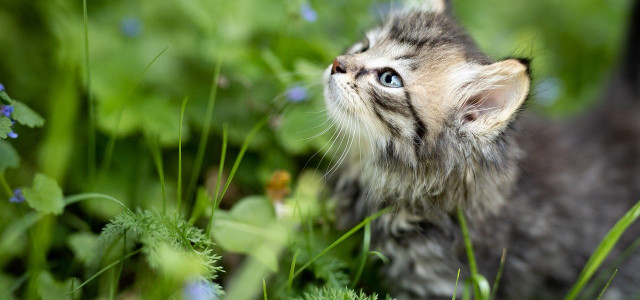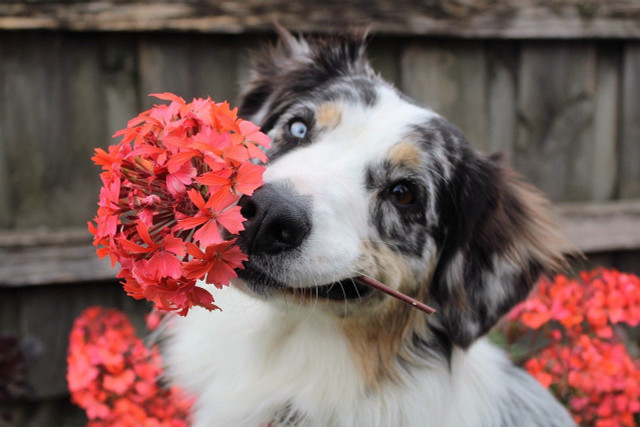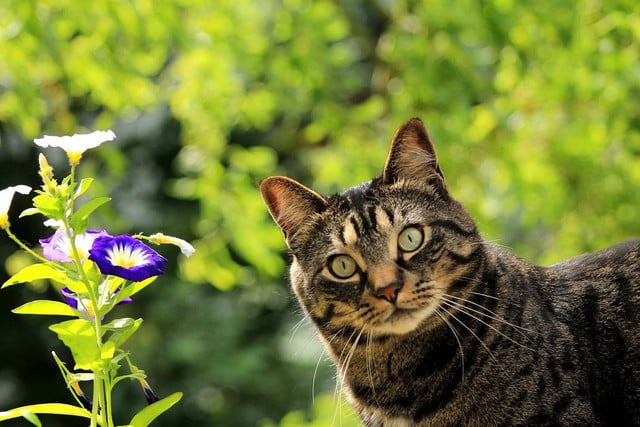
Poisonous plants can quickly become dangerous for cats and dogs. As a pet owner, you should avoid these garden and indoor plants.
It’s true that people think animals instinctively know what they can and cannot eat. However, this is only partly true. Dogs and cats in particular have few protective instincts about poisonous plants. Since they are carnivores, this was never really necessary due to evolution. They hardly ever ate plants anyway. However, with curious pets, it does happen that they nibble on plants during play or out of boredom. To prevent this from happening, don’t let your pets come into contact with poisonous plants in the first place.
Poisonous plants for cats and dogs: these are the species to avoid

Many garden, house and indoor plants are toxic to pets.
You should avoid these garden plants for cats and dogs:
Lily of the Valley
Rhododendrons and azaleas
Chrysanthemums
Calla (highly toxic)
Angelica (highly poisonous)
Oleander
Thuja
Tulips & Daffodils
Boxwood
For cats, all forms of lilies are also highly toxic. The toxins in the plant can cause acute kidney failure in them. However, this often only becomes noticeable after several days, but by then the cat is usually already in a critical condition.
Poisonous houseplants can also be dangerous for pets. Especially with exotic plants they lack any instinct, so they can swallow plant parts in the worst case. These houseplants are problematic:
- Dieffenbachia
- Aloe vera
- Ivy
- Rubber tree
- Elephant tree
- Green lily
- Ivy
- Poinsettia
- Amaryllis
- Poisonous plants for rodents
Especially in summer rodents like rabbits, hares or guinea pigs enjoy the run in the outdoor enclosure. Here you should check the area thoroughly for poisonous plants beforehand. Because dangers also lurk for rodents in poisonous plants:
- Bracken
- Wild garlic
- All kinds of bean plants
- Beechnuts
- Boxwood
- Ivy
- Foxglove
- Honeysuckle
- Autumn crocus
- Elderberry
- Cherry laurel
- Crocus
- Lily of the valley, daffodil & tulips
- Oleander
Poisonous plants for cats, dogs and rodents: first aid in case of emergency

Depending on the plant, the animal may experience nausea, restlessness, shortness of breath, apathy or trembling. In the worst case, the active substances of poisonous plants can even lead to cardiac arrest. Young, older and small animals are particularly at risk.
If your pet behaves conspicuously and you are unsure, despite all caution, whether it came into contact with poisonous plants, you should act quickly: Contact the veterinarian and spend the waiting time calming your pet and initiating first aid measures.
Tip: As a precaution, write down the telephone number of the veterinary emergency service in your area. This way you have it quickly at hand in case of emergency.


